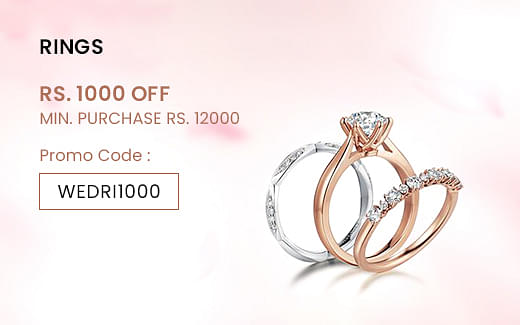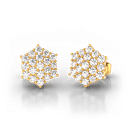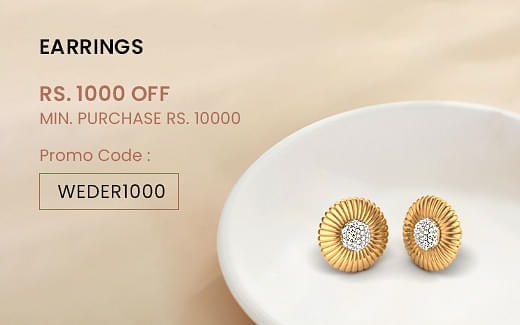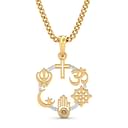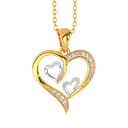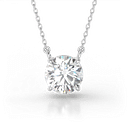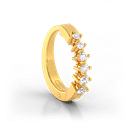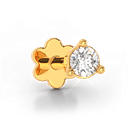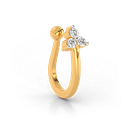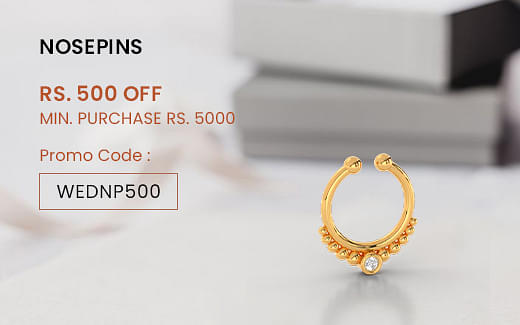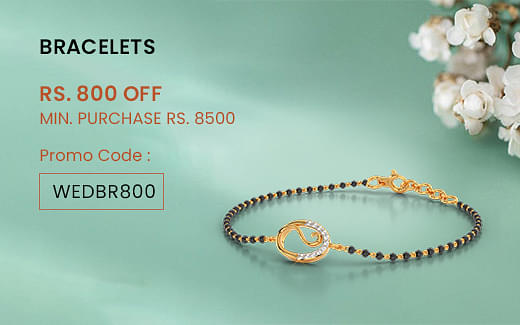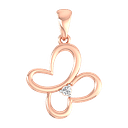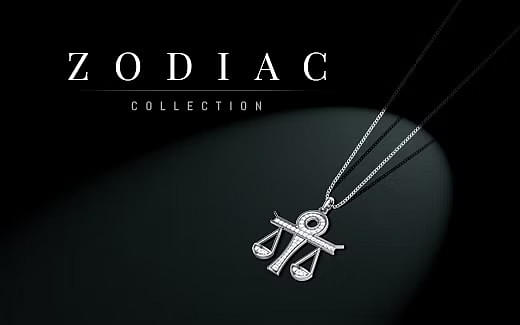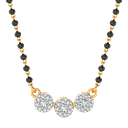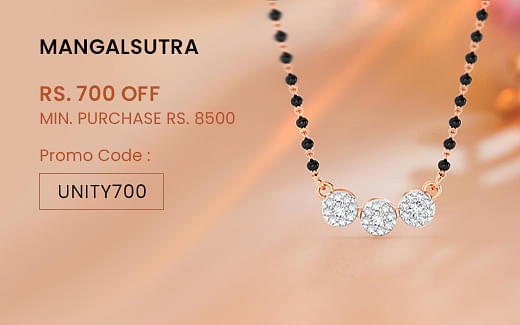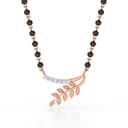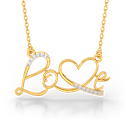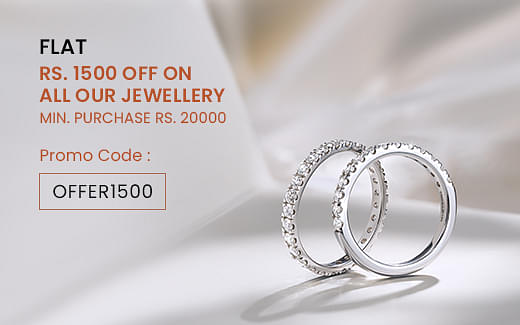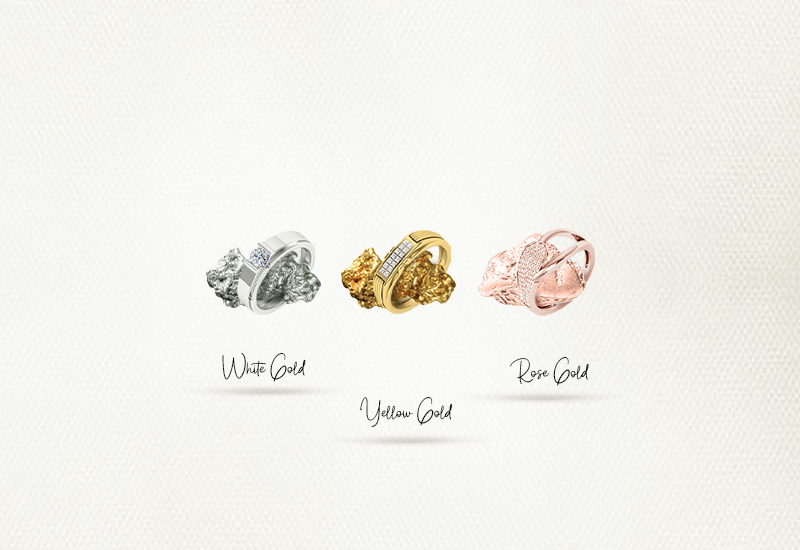What is precious metal? How does it differ from other metals? And why should you care about it? This guide will give you a basic understanding of precious metals, types of jewellery metals, and their purity, colour, and prices.
Precious metal is a term that refers to a variety of precious metals that are used in jewellery. There are several types of precious metals, and they each have different characteristics. This guide is focused on precious metals and how to care for them.
What are the Precious Metals?
Precious metals include gold, silver, platinum, palladium, rhodium, iridium, osmium, ruthenium, and others. They are all naturally occurring elements that have been used for thousands of years in jewellery, coins, and other forms of currency. Some of these metals are rarer than others, but they’re all valuable because they can be melted down and fashioned into beautiful objects.
What are the Jewellery Metals?
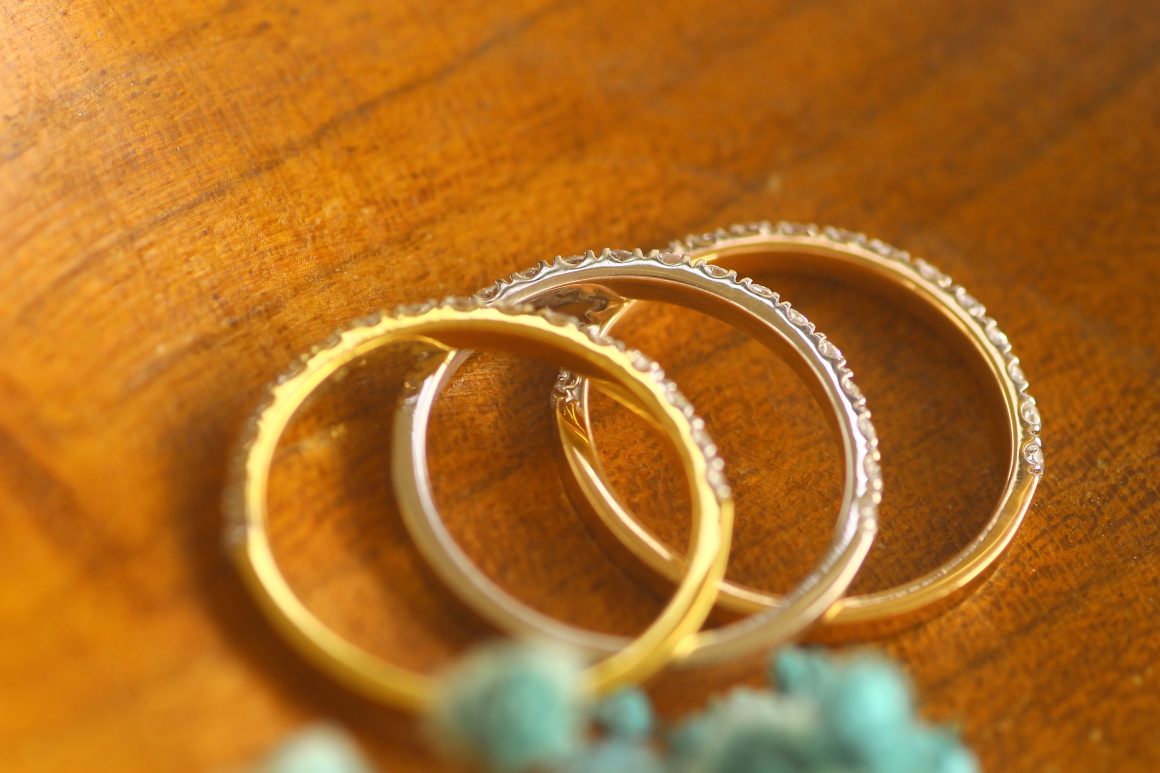
Jewellery metals are the materials that are used to create jewellery pieces. Jewellery made of gemstones and diamonds can be paired with a variety of precious metals. Your choice of metal depends on your preferences for durability, appearance, and cost. Metals such as gold, silver, and platinum are used to create jewellery. Gold is probably the most common. It’s also one of the easiest metals to work with, so many people use it when making jewellery.
Gold
Gold has been used as currency since ancient times in the form of gold bars or coins. It was also worn as jewellery by both men and women. Today, gold is one of the most popular choices as an investment because its value is stable and offers good returns. And the most common form of precious metal used for jewellery is gold, which makes up roughly 90% of all precious metals.
Gold purity
Gold is purer when it is 24 karats. Alloys of gold with other metals make it stronger and more durable. When gold is alloyed with silver or copper, it creates a bluish tint.
Gold purity for the most used karats: 24k gold with 100% purity. 18k gold with 75% purity. 10k gold with 50% purity. 24k gold is soft pure gold. It has a deep yellow colour and a rich lustre, but it is not very durable. Gold of lesser karat (18k-10k) is alloyed with a combination of Ag, Cu, Ni, Zn. This adds strength, and if too much is added, it can dull the colour, but for beauty and durability, 14k and 18k gold are highly recommended.
Gold colour
Gold is available in several different colours, including white, yellow, rose, green, blue, black, etc. The colour of gold is determined by the amount of impurities present. Whenever gold is mixed or alloyed with other metals, such as silver, copper, zinc, nickel, platinum, palladium, etc, it produces various colour hues, including white, pink/rose, green, and the rarely encountered blue, purple, and black.
Gold pricing
Rough and unfinished gold price based on its karat ratio and its weight. However, the price of finished jewellery or decorative items is based on a variety of factors, which include karate, size, design and technique. Construction techniques can enhance the durability and flexibility of a piece, which may increase the gold price for that piece. Most gold jewellery is made by machines. Additional hand-finishing jewellery may also increase the price.
Gold types
There are mainly three types of gold that include yellow gold, white gold, and rose gold. But there are also other colours of gold is available that we’ll explain below;
| Gold Types | Definition |
| Yellow gold | Yellow gold is an alloy of gold with silver, copper, etc. That has been used in jewellery since ancient times. |
| Rose Gold | Rose gold is a variety of yellow gold that contains more copper. As it has a reddish tint, it produces a rose pink gold colour. |
| White gold | White gold is an alloy of gold with nickel, silver, and palladium that gives it a silvery-white shade. |
| Black Gold | Black gold is an alloy of gold with 25% cobalt and chromium that form a black oxide layer giving the gold a black colouring. |
Platinum
Platinum is a precious metal that is more rare and expensive as compared with gold and other metals. Platinum is often more durable than gold. It is typically harder than gold and therefore less likely to scratch easily. Because of this, it is often used in high-end jewellery. Platinum is usually combined with diamonds to look more elegant. It is mostly used in engagement rings and wedding bands.
Platinum purity
Among all precious metals used for fine jewellery, platinum, with its pure white lustre, is the purest. The purity of platinum is expressed differently from gold. The purity of platinum is expressed in 1,000-part units. Platinum is commonly purified as follows:
950 – 95% pure platinum
900 – 90% pure platinum
850 – 85% pure platinum
The metal is often alloyed with copper and titanium. Platinum jewellery requires very little alloy to be combined with it, compared to gold jewellery. Fine jewellery is the only precious metal that is 90%-95% pure.
Platinum pricing
The pricing of platinum depends on the purity level. It is generally more expensive than precious gold metal. The prices of platinum vary depending on the purity levels. The higher the purity, the more expensive the platinum will be.
Platinum Vs gold
Although both platinum and gold are precious metals, they have some differences. Both are extremely hard and resistant to corrosion. However, platinum is more expensive than gold. Platinum is more expensive because of its rarity. Also, platinum is more difficult to work with than gold. You need special equipment and skills to make a ring out of platinum.
On the other hand, gold is easier to work with than platinum. You don’t need any special tools or equipment to make a ring out of gold. Gold is much cheaper than platinum.
Due to their density and weight, platinum rings will feel heavier than 18kt gold rings. The metal is also significantly more expensive. If all other things remain the same, a platinum ring will cost approximately twice as much as an 18kt white gold ring.
Silver
Silver is one of the most popular precious metals used in jewellery today. It has been used since ancient times for making coins and currency. Today, silver is still widely used in many forms, such as jewellery, dental fillings, and even electronics. Silver is soft, ductile, malleable, and easy to shape into intricate designs. These qualities make it ideal for use in jewellery.
Silver Purity
Silver’s purity is determined by the other metals available in silver in the form of metal alloys. Similar to platinum, silver purity is expressed in 1,000-part units. 99.9% is the purest silver that is also known as fine silver. However, fine silver is too soft to be used as jewellery. Therefore, silver is alloyed with other metals like copper to give it strength, which gives it the name sterling silver.
Silver Pricing
Silver is relatively inexpensive. It is the most affordable precious metal. As mentioned earlier, silver is usually alloyed with other metals to increase its hardness. This makes it less expensive than pure silver.
How to Take Care of Your Jewellery?
Metal care is important because metals are susceptible to corrosion. If left untreated, they can become dull and discoloured over time. This can affect their appearance and value. If you are looking for ways to take care of your jewellery, then there are some things that you should know about them.
You have been wearing jewellery, and then you know how difficult it can be to remove all traces of dirt and grime. It’s even more challenging if you are cleaning jewellery while wearing it. However, there are ways to clean your jewellery without damaging or scratching it.
Cleaning of Precious Metal Jewellery
It is very important to clean your jewellery regularly because dirt can cause damage to the stones. There are many different types of cleaning products available on the market today. Some of these include soap, water, alcohol, and even vinegar. However, if you want to keep your jewellery safe, then you should avoid using harsh chemicals such as ammonia or bleach. Instead, opt for milder solutions like dishwashing liquid.
Storing of Precious Metal Jewellery
If you want to keep your jewellery in good condition, then you should store it in a safe location. Avoid storing your jewellery in places where it could get damaged by heat, moisture, dust, or humidity. There are different places where you can store your jewellery, such as drawers, boxes, bags, and containers. You need to make sure that whatever you use is clean, and so is the inside of the container. You should also make sure that the container is airtight and has a plastic lining or something that protects your items from corrosion.
Wearing precautions for Precious Metal Jewellery
When you are wearing your jewellery, there are some precautions that you should take. For example, you should avoid wearing your jewellery when you cook or clean the house. You should also avoid getting your jewellery wet, especially when showering and gardening. Avoid letting your precious metal jewellery come in contact with hair spray, perfume, or other chemicals. And do not put rubber bands or plastic directly against the surface of your silver jewellery.
By following these tips, your precious metal jewellery will always shine and gleam like new.
FAQs;
Which Metal is Used for Rings?
The metal used for rings is usually gold, silver, platinum, or palladium. Platinum is the most popular choice for wedding bands, while it is the most expensive option. Gold is also a common choice for engagement rings, and palladium is often chosen for men’s wedding bands.
What is the Best Metal for Jewellery Making?
The best metal for jewellery making is gold. Gold has been used for thousands of years and is still one of the most popular metals today. This metal is easy to work with. It is soft enough to cut easily but hard enough to hold its shape well.














